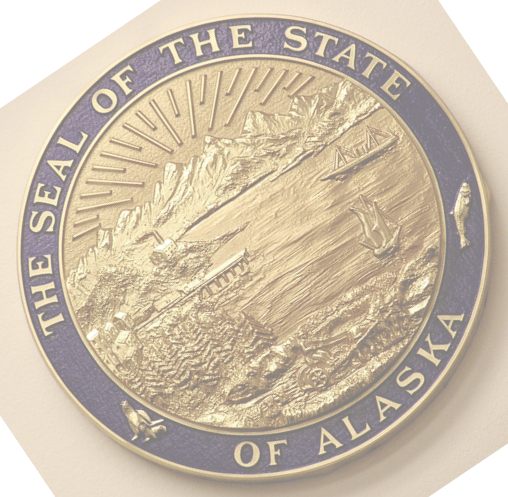The Juneau Empire recently published a series of articles about the Alaska Mental Health Trust Authority’s proposal to develop a new state office building on their sub-port property in downtown Juneau. Given the heightened local interest in the issue and its potential impact on Juneau’s economy, I would have expected the Empire’s coverage to be more balanced and better researched.
The financial details of the Trust’s proposal highlight the choice the legislature faced. The plan called for the state to spend $160 million over 30 years on a building it wouldn’t own. In addition to underwriting the $45 million construction cost, the state would have to agree to lease the land it’s built on and to pay twice market rates in rent. By ignoring these basic facts, the Empire leads Alaskans to erroneous conclusions about why the proposal failed and about my involvement in the process.
The public expects the Finance Committee to distinguish political benefits from financial ones. The job demands that we take emotion and politics out of financial decisions and do what’s right for the state. Sound public policy dictates that we use universally accepted techniques to evaluate investments and that we examine every reasonable alternative.
The Trust is a state corporation managed by an independent board of trustees. It operates much like a private foundation with the authority to spend Trust income without legislative appropriation. Trustees have a fiduciary responsibility to enhance Trust assets by earning the highest return possible for their beneficiaries. As Co-Chairman of the Senate Finance Committee I have a fiduciary responsibility to protect the state’s long-term interests. While we both endeavor to move the state forward, we may not always be able to use the same vehicle to get there.
The initial objective was to stop leasing the 68,000 sq.ft. privately owned, Department of Labor building and to help Juneau’s downtown core in the process. That seemed to dovetail nicely with the Trust’s interest in developing its vacant sub-port property. However, from the state’s perspective, these are independent decisions. This is a financial transaction between a real-estate developer and a tenant and all proper due diligence must be applied.
To justify developing its valuable waterfront property, the Trust needed a high quality building with a much larger footprint than the Department of Labor’s 300 employees required. If the state vacated the Douglas Island and Public Safety Buildings, the new building could then be expanded by 48,000 sq.ft. to accommodate those 220 additional employees. But, the state owns those two buildings, operates them very inexpensively and would be immediately disadvantaged were they vacant.
Under the plan, the Trust would fund half the $45 million construction cost with the state issuing bonds for the balance. However, Trust assets are managed by the Permanent Fund Corporation with an expected rate of return of 8%. Before investing Trust money into the subport building, Trustees needed assurances that the investment could generate comparable earnings over the long-run and that their annual operating income wouldn’t be compromised. The Memorandum of Agreement with the Trust Land Office was clear, “the rental agreement, including rental rates, must be in the best interest of the Trust and its beneficiaries”. Unfortunately, as the building’s sole tenant, the state would have to provide those assurances.
To guarantee the Trust an annualized 7.5% return on their investment, plus $1.0 million in operating cash flow and service its $23 million in bond debt, the state would have had to sign a 30-year lease. To make those numbers work, the state’s $5.4 million lease payment included an annual land lease of $750,000. The state’s lease payment would be twice what it is spending on the three buildings it currently occupies. $5.4 million equates to more than $4.00 per sq.ft. The state’s current Department of Labor lease is just $2.33 and the owners have offered a 10-year extension at $2.00. The average cost of a state-lease in Alaska is closer to $2.00. The most expensive state-lease in Juneau is less than $3.00.
In the end, this deal was structured to achieve the Trust’s financial objectives, not the state’s. The present value of the imbedded land lease alone is $14.5 million. While the state has a moral and legal responsibility to support the mission of the Trust, we shouldn’t be subsidizing its venture capital investments. The proper place for the state to fund Trust beneficiaries is in the annual mental health budget which exceeded $200 million this year.
I recognize that some of the facilities the state occupies in Juneau are aging and will need to be replaced. This year, I supported a $5 million appropriation to begin an orderly process for acquiring a new state office building. I look forward to working with the community and its delegation to achieve that goal.

Comments are closed